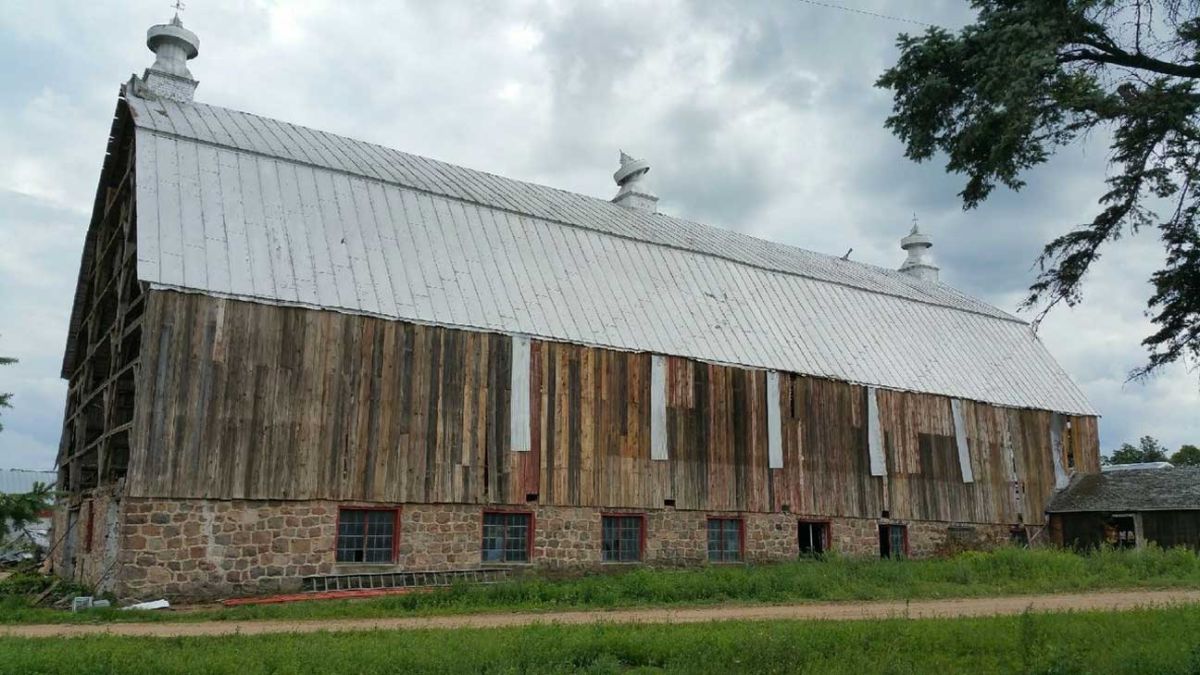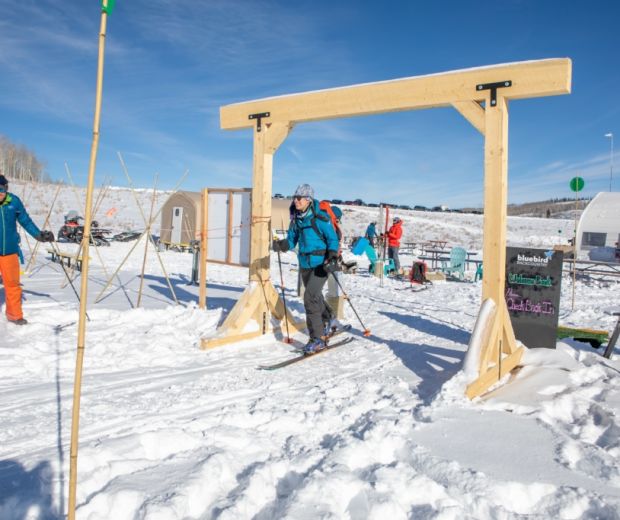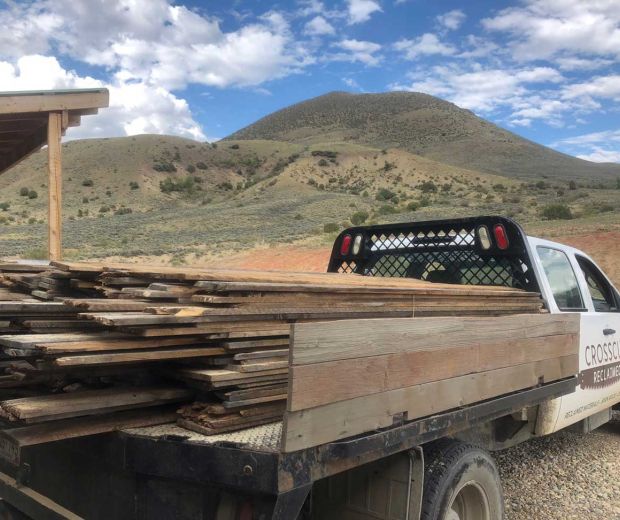3 questions to ask before hiring a contractor for your barn wood project

Everyone loves the look of old barn wood, but not all contractors know how to handle it properly. Make sure your project goes as planned by asking the following questions:
1. DO THEY HAVE THE RIGHT TOOLS FOR MILLING AND INSTALLING RECLAIMED WOOD?
Wood exposed to the elements gets denser over time. Working with old hardwoods, especially old growth oak (or “petrified oak,” as it’s sometimes called) demands a different caliber of tool. This extremely hard material dulls knives in planers and joiners, chews up saw blades, breaks drill bits, and bends nails, which can translate into increased cost for the customer and a sub-par finished product.
It’s hard to get uniform results from tools running at redline output. Blades become dull and heat up, burning the wood and cutting inconsistently. Sawyers can get hot under the collar too, and when tempers fray, quality suffers.
A shop specializing in reclaimed materials should be quipped with planers and joiners that have helical heads—cutter heads with many individual teeth instead of one long blade, which allow the sawyer to change teeth when they wear out or hit metal in the wood. Using premium German high-carbon steel cutters allows for longer run time and a better finish.
A sanding machine with a brush head attachment is the preferred tool for cleaning and figuring materials. The large, wire brush drum spins at adjustable rates of speed, gently or firmly cleaning time-weathered surfaces, depending on the desired look. A dust collection attachment filters out airborne particles and cleans the wood.
Table saws take a real beating and are one of the messiest tools in the shop. They run best with high quality blades that can be sharpened, rather than replaced, and a dust collection system to keep the moving parts clean and cool.
2. DO THEY HAVE PREVIOUS EXPERIENCE WITH INSTALLING RECLAIMED MATERIALS?
Once the wood is cut and planed to the desired thickness, sanded, brushed, or left au natural, then its time to put it on the wall, floor or ceiling. Reclaimed wood is never perfect. That’s its appeal! Time and exposure cause wood to bow, bend, cup and warp. These “defects” must be accommodated in the installation process.
Depending on the look you want, gaps, discrepancies in material thickness, and textural inconsistencies may be desirable. But sometimes you want a cleaner, more consistent look. Using trim head screws instead of nails in areas where you need more holding power works well. If the sub surface you’re installing over won’t hold your fasteners well, backing it with plywood gives you the option to nail/screw anywhere. Having a jointer or hand planer on site to straighten edges is also helpful.
Many reclaimed materials have cracks and knotholes that make up its unique character. Affixing tarpaper or applying black paint to the surface behind the wood creates a uniform backdrop.
3. DO THEY APPRECIATE THE WOOD AND UNDERSTAND THE HISTORICAL SIGNIFICANCE OF IT?
Where did the materials come from? What was the purpose of the original structure? What function did the wood serve in the original structure? If your contractor doesn’t respect and appreciate the wood, they may not be able to answer these questions (or even think to ask them) and it will show in the finished product.
Maybe you want a specific look: something you saw on Etsy or in a magazine, and want to replicate it. Maybe you’re interested in a true historical restoration, with the materials being the driving force of the design. Or you could be trying to integrate reclaimed materials into a larger project, with the overall design being the driving force. A good contractor will be able to identify what’s important to you and reveal what unique possibilities the materials can bring to your project. Having a background in barns, antiques, historical building conservation or previous barn wood installation gives a contractor the perspective to see those possibilities and the experience to put them to work for you.
When hiring a contractor for your barn project, don’t be afraid to ask questions. Old barn wood demands a little something extra from the craftsman. So should you. If you want us to help with your barn wood project contact us today.




